The Government Office has just issued Notice No. 14/TB-VPCP dated January 27, 2023, concluding the Prime Minister Pham Minh Chinh at the 2022 National Urban Conference, disseminating and implementing Resolution No. 148/NQ-CP on the Action Program to implement Resolution No. 06-NQ/TW dated January 24, 2022 of the Politburo on Planning, construction, management and sustainable development of Vietnamese urban areas to 2030, with a vision to 2045 (Conference).
The announcement stated: Resolution No. 06-NQ/TW dated January 24, 2022 of the Politburo on "Planning, construction, management and sustainable development of Vietnamese urban areas to 2030, with a vision to 2045" is the first Resolution issued by the Politburo on sustainable urban development in Vietnam. To implement Resolution No. 06-NQ/TW, the Government issued Resolution No. 148/NQ-CP dated November 11, 2022 on the Government's Action Program, in which the direction of General Secretary Nguyen Phu Trong is implemented: "unanimity from top to bottom, consistency across the board" with the viewpoint and goal of best concretizing and bringing the Party's guidelines, lines and policies into life in accordance with the functions, tasks and powers of the Government.
Urban development is the driving force of economic development.
The 2022 National Urban Conference is held to practically respond to Vietnam Urban Day on November 8, which is also World Urbanization Day, combining an assessment of the urban development situation in the past time and especially implementing the Government's Action Program to implement Resolution No. 06-NQ/TW.
Opinions at the Conference all affirmed: Urban development is the driving force of economic development, contributing to building an independent, self-reliant economy and actively and proactively integrating effectively.
Urbanization and urban development are opportunities for every country, region, and locality to develop and grow rapidly in all aspects. Urban development is also the driving force of economic development and the inspiration for the overall development of the country. Currently, urban areas have made important contributions and had a profound impact on the entire socio-economic life of the country. If developed in the right direction, systematically, with vision, and breakthroughs, urban areas will be able to fully play their role. But in the opposite scenario, urban development lacking direction and vision can cause long-term consequences that must be resolved.
Urbanization is an inevitable objective trend of the world, so Vietnam's urban development cannot be outside this trend, it is necessary to combine internal strength with external strength, combine national strength with the strength of the times, combine internal resources with external resources for development. Urban areas are always associated with civilization, creativity, innovation, development opportunities, but are also areas with many challenges that need to be solved such as environmental protection, climate change, epidemics, and prevention of unforeseen risks. Therefore, paying attention to policy planning, solutions to promote urbanization, and planned urban development with a roadmap is an essential task to grasp the trend, resolve difficulties and challenges for rapid and sustainable urban development.
Urban development in our country has achieved many important results.
Over the past years, the Party's policies on urban development have been promptly institutionalized, implemented in accordance with the State's policies and laws; resources have been allocated and implemented to effectively develop urban areas, thereby forming a continuous and consistent process from policies, mechanisms, and policies to urban development practices, creating unity and common attention from all levels and sectors.
After 35 years of innovation, especially after 10 years of implementing the adjustment of the Overall Development Orientation of Vietnam's urban system approved in 2009, the work of planning, construction, management and urban development in our country has achieved many important results. The national urban system has developed strongly in both quantity and quality, affirming itself as the driving force for socio-economic development of the whole country and each region. Urban space has been expanded; technical infrastructure, socio-economic infrastructure has been invested in an increasingly synchronous and effective direction. The quality of life of urban residents has been gradually improved both spiritually and materially. The appearance of urban landscape architecture and construction architecture has changed a lot in a modern direction, with its own identity, many international awards, exchanges with international architecture and culture but still retains its identity. The appearance of the country changes through urban development. Initially, economic growth poles and innovation centers; science, technology; education and training in large cities have been formed. Economic growth in urban areas has reached an average of 12 - 15%, 1.5 - 2 times higher than the national average. Urban areas have made important contributions to job creation, increasing social welfare, creating breakthroughs in attracting investment, and developing science and technology. Urban economies have grown at a high rate, contributing about 70% of the country's GDP. Along with the Party's innovation, urban work has also been innovated, urbanization has become the driving force for development of the whole country and each region.
However, in addition to the positive results achieved, there are still many shortcomings, limitations and challenges in urban development that need to be resolved such as: the problem of urban infrastructure overload, including transport infrastructure, electricity and water infrastructure, telecommunications infrastructure; lack of social housing, housing for middle-income people; the impact of climate change, flooding, and urban environmental pollution are increasingly severe; the situation of housing development projects, urban development projects being slow to be invested, "suspended" projects are still common; infrastructure in health, education, culture, etc. has not developed on par with the economy, has revealed many limitations and is currently overloaded, especially when the COVID-19 pandemic occurs.
The challenge is how to ensure that urban growth does not put pressure on limited land resources, existing infrastructure and services, does not lead to unsustainable fragmentation, and does not limit opportunities for future generations; improve the quality of planning, urban quality, urban development management, successfully implement the goal of renovating, embellishing, and reconstructing existing urban areas, preserving heritage, overcoming development bottlenecks, creating new resources for urban areas in accordance with new regulations and situations; promote the formation and development of new sustainable urban models, develop green economy, digital economy, and circular economy in urban areas, and increasingly improve resilience and adaptability to unforeseen risks.
Towards green urban development
The Government's Action Program to implement Resolution No. 06-NQ/TW has set out 15 specific groups of targets towards green urban development, ensuring environmental sanitation, reducing greenhouse gas emissions, responding to climate change, being smart and developing sustainably. The targets are quite high, so to complete them, new thinking, approaches and great efforts are needed. With this requirement, based on the guiding viewpoints of Resolution No. 06-NQ/TW and Resolution No. 148/NQ-CP, the Prime Minister requested ministries, branches, localities and agencies advising on implementation to focus on paying attention to some major guiding viewpoints.
Specifically, ministries, branches and localities need to closely follow reality, start from reality, respect objective reality, and on the basis of specific assessments of the current situation to set goals and propose tasks that are close to the actual situation and feasible.
Planning work must be one step ahead, need to have innovative thinking and strategic vision, promote the potential differences, outstanding opportunities, competitive advantages of the locality, the province, the region, discover existing weaknesses to find appropriate solutions. The guiding ideology must determine the importance of planning work, planning to create resources, appropriate investment in planning work will create optimal resources. On the contrary, not having the right investment in planning work can cause waste of resources in implementation, unsustainable development, and failure to create breakthroughs. Planning work must be comprehensive but implementation must be phased, resources must be available, implementation must have focus and key points appropriate to resources and time, need to be done to the point, each task must be completed, avoid spreading out.
Urban planning and development must diversify resources, combine internal resources with external resources, domestic and foreign resources, state resources with social resources, people's resources, and promote public-private cooperation. At the same time, effectively promote resources from people, land, sea, rivers, resources from historical and cultural traditions. Allocating, exploiting and using resources must ensure efficiency and rationality.
Decentralization, delegation of authority, and individualization of responsibilities go hand in hand with appropriate allocation of resources, improving the implementation capacity of all levels and sectors. Strengthening inspection and supervision. Strengthening and implementing the work of summarizing and evaluating the results of urban planning and development implementation in accordance with the Party's direction and viewpoint: "Summarizing to build theory, summarizing to know what is done well to continue to promote, and what is not done well to have solutions to overcome".
5 task groups
The Government's Action Program with 33 specific tasks, the Prime Minister requested the Ministry of Construction and other ministries, branches and localities, based on their functions, tasks and powers, to urgently, proactively and actively implement practically and effectively; focusing on 05 groups of tasks and solutions as follows:
(1) Task group to raise and unify awareness: The guiding viewpoint is to raise awareness of the role and position of urban areas in general development. Correct awareness leads to correct action, with methodological thinking and the right approach to the requirements, tasks, functions and powers of each agency, unit and locality. Raise awareness of urban development, including 3 main pillars: planning, construction and management. From such awareness, there must be appropriate and appropriate actions.
(2) Task group to improve the quality of planning and planning management to meet the needs of urban development: First of all, improve the quality of planning consultancy, planning appraisal and approval. The quality of architecture and urban planning, construction planning needs to be harmoniously integrated right from the research and during the process of implementing urban planning, designing, managing architecture, urban landscape, ensuring that the city has regional identity and sustainable development.
(3) Task group on urban development and construction investment: Must have resources, mobilize enough resources. The viewpoint is to combine internal and external resources; state resources and social resources, private resources, investor resources and public-private partnership resources. Require ministries, provinces and cities to make maximum use of the current legal framework, focusing on the Law on Investment under the public-private partnership method to mobilize legal resources in urban development. Focus on developing strategic infrastructure, especially transport infrastructure to create new development space, create new urban areas and development areas, and create livelihoods for people. Continue to perfect urban government models.
(4) The group carries out tasks and projects in parallel according to its own specialization: Urban development is not the task of one sector or level, but requires the mobilization of the combined strength of the entire political system, close and effective coordination between levels, sectors, localities, and regions to create resources. Therefore, sectors and levels need to review related tasks to prioritize parallel implementation, practically creating a resonance effect; coordinate and unify in urban development for the common interests of the nation and people.
(5) Task force on institutional development, policy mechanisms, and legal documents: Continue to review and evaluate the overall system of current policy mechanisms on urban planning and development, detect barriers, obstacles, contradictions, overlaps or backwardness, which need to be removed in the spirit of doing while learning from experience, gradually expanding, not being perfectionist, not being hasty; perfecting step by step, ensuring that each step is done. Strengthen adherence to reality and promptly respond to effective and appropriate policies. Pay special attention to solving urgent practical requirements such as traffic congestion, urban flooding, lack of social housing, housing for middle-income people; environmental pollution in urban areas; greenhouse gas emissions; shortages of socio-cultural infrastructure such as: health, education, sports, and trees.
Key solutions
To make the set goals come true, all levels and sectors have been determined, and must be even more determined; have tried, made efforts, and must try, make more efforts; actions must be more drastic and focused to actually have the desired products and results. The Prime Minister requested the Ministry of Construction to actively guide, proactively coordinate, and support localities in the process of building specific local action programs. Timely synthesize and report to the Government and the Prime Minister to build a national urban program to integrate resources, avoid scattered planning, overlapping and ineffective implementation of many programs; at the same time, coordinate to inspect and urge the implementation of the Government's Action Program.
Central ministries and branches proactively develop and monitor indicators related to urban development. Regularly report to the Government and the Prime Minister so that the Government can provide timely direction and support; consider developing mechanisms, creating conditions and guidelines to identify and create resources for implementation; guide localities on arranging and allocating resources to implement the Action Program at the local level.
Provinces, centrally-run cities, and urban areas across the country are the direct entities managing and organizing the implementation of Resolution No. 148/NQ-CP on the Government's Action Program to implement Resolution No. 06-NQ/TW. The success of this Action Program depends on the initiative and creativity in innovation of thinking at the local level. Therefore, localities need to thoroughly grasp the Government's Action Program, add targets to the Resolutions of the Provincial Party Committee and the City Party Committee, build a serious implementation mechanism; closely follow the targets; and closely monitor the implementation process.
For media agencies, the press propagates, spreads and creates a good effect throughout society about the role and position of urban areas. This will be one of the factors ensuring the successful implementation of 33 tasks in 5 groups of tasks and solutions of the Government's Action Program.
With the determination and drastic participation of the entire political system, all levels, all sectors and the support of international friends, Vietnamese cities will have strong and breakthrough development; urban economic growth will be rapid, effective and sustainable; urban quality of life will reach a high level, ensuring basic needs for housing and infrastructure for urban residents; urban architecture will develop in a modern, green, smart, and rich-in-identity manner; typical cultural elements will be preserved and promoted./.
Source link








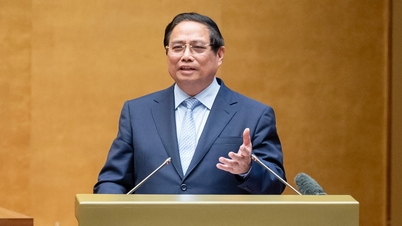


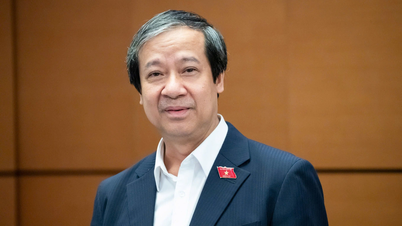
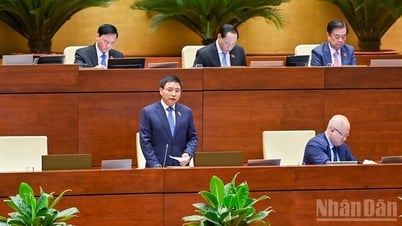

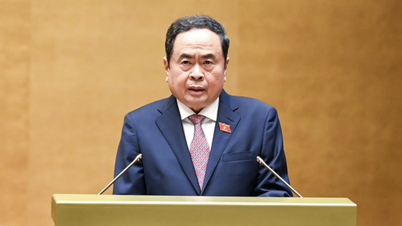
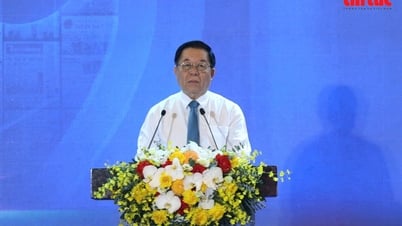





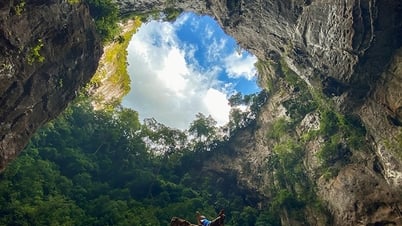
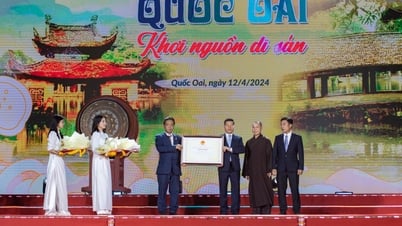

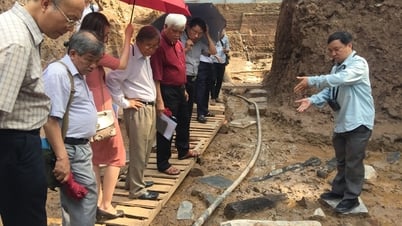

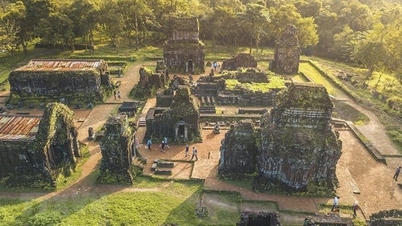



























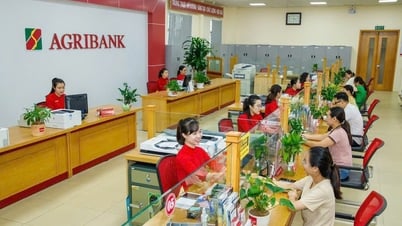
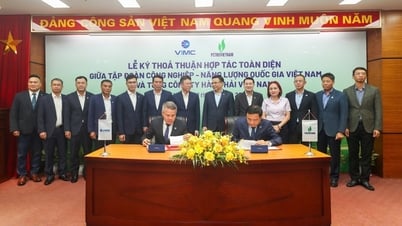

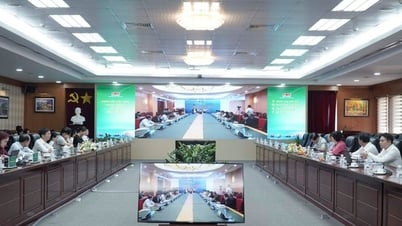









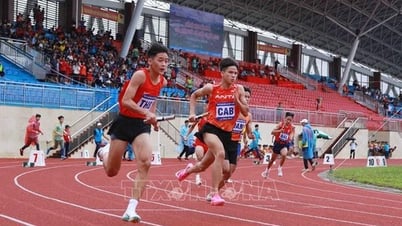


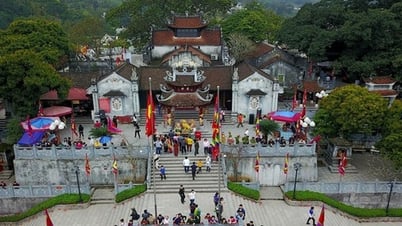

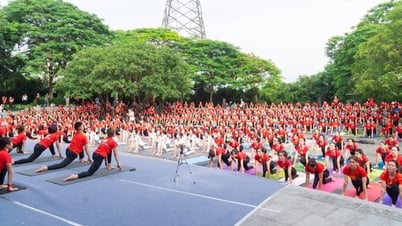
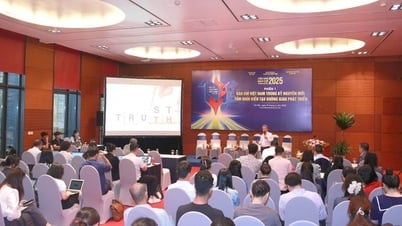
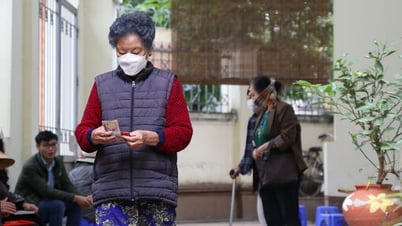



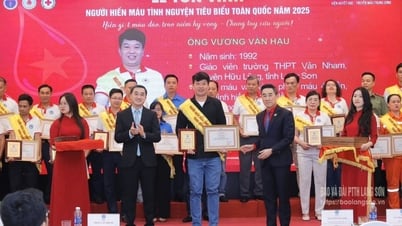



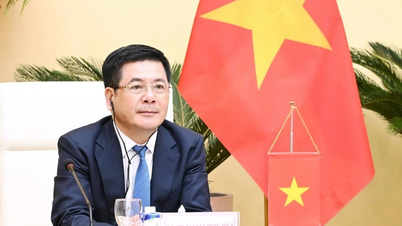

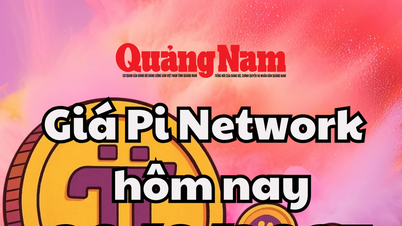













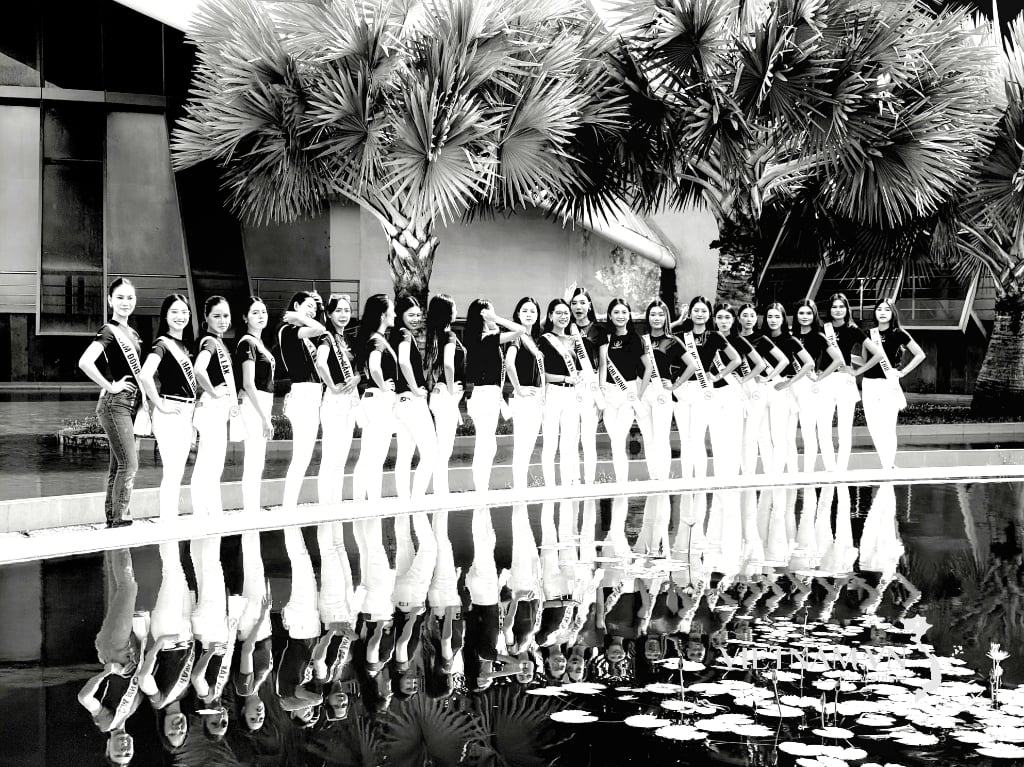


Comment (0)